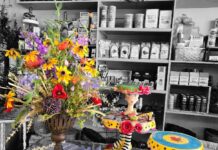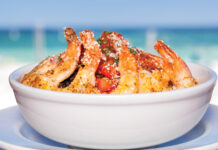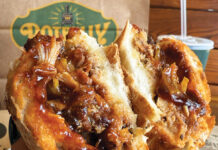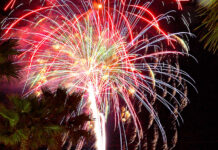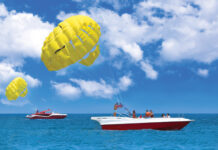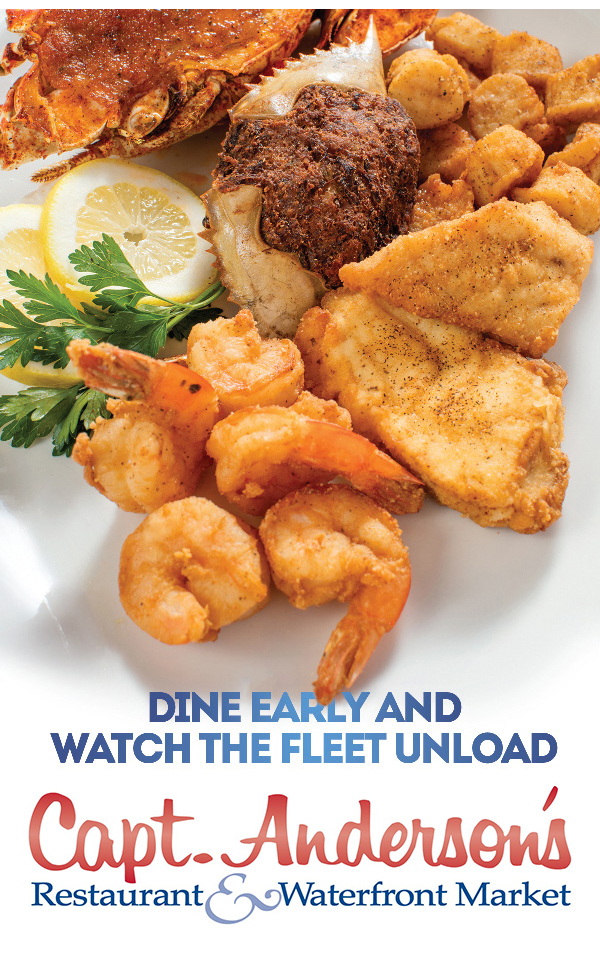By Julie McConnell, UF/IFAS Extension Bay County
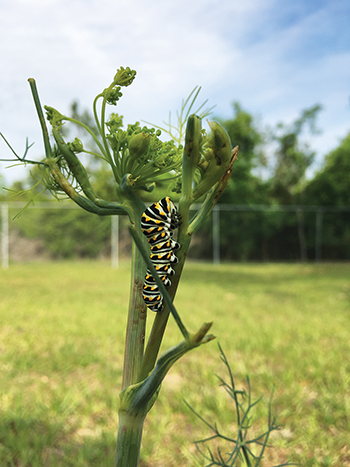 Late summer is a great time to observe butterflies visiting gardens in Northwest Florida. Monarchs are probably the most recognized butterfly migrating through, but don’t fixate on only catering to this species. It’s important to make your landscape attractive to a variety of butterflies and other wildlife, which will also benefit monarch butterfly populations.
Late summer is a great time to observe butterflies visiting gardens in Northwest Florida. Monarchs are probably the most recognized butterfly migrating through, but don’t fixate on only catering to this species. It’s important to make your landscape attractive to a variety of butterflies and other wildlife, which will also benefit monarch butterfly populations.
Butterfly larvae (caterpillars) have specific dietary needs which limits the plants they can feed on for growth and survival during this stage of life. By providing multiple larval host plants you will encourage a variety of butterflies to visit your garden. Below are examples of larval host plants for common butterflies in our area:
Plant / Butterfly Larvae
• Frogfruit / Phaon crescent, common buckeye
• Passionflower / Gulf fritillary, variegated fritillary, zebra longwing
• Sunshine mimosa / Little yellow
• Milkweed / Monarch
• Elm / Question mark
• Sweetbay magnolia / Tiger swallowtail
• Redbud / Henry’s elfin
• Tulip poplar / Tiger swallowtail
• Parsley, dill, fennel / Black swallowtail
• Wax myrtle / Redbanded hairstreak
• Oaks / Hairstreaks, skippers
 Also critical but often overlooked is the need for flowering plants throughout the growing season. Butterflies expend a lot of energy flying around looking for mates and larval host plants, so it is important to offer multiple sources of nectar. In addition to the obvious food value offered by a diverse landscape, butterflies also require shelter to escape the elements and hide from predators. This can be accomplished by incorporating different levels of plants such as groundcovers, perennials, shrubs, and trees in your butterfly garden. A list of good nectar sources is below:
Also critical but often overlooked is the need for flowering plants throughout the growing season. Butterflies expend a lot of energy flying around looking for mates and larval host plants, so it is important to offer multiple sources of nectar. In addition to the obvious food value offered by a diverse landscape, butterflies also require shelter to escape the elements and hide from predators. This can be accomplished by incorporating different levels of plants such as groundcovers, perennials, shrubs, and trees in your butterfly garden. A list of good nectar sources is below:
Plant Size
(low -under 3’, medium 3-6’, tall 6’ +)
• Beach sunflower, Medium
• Blackeyd susan, Low
• Blue porterweed, Medium
• Butterfly weed, Low
• Buttonbush, Tall
• Coreopsis, Low
• Cutleaf coneflower, Medium
• Firebush, Medium
• Gaillardia, Low
• Glossy abelia, Medium
• Pentas, Low
• Plumbago, Medium
• Redbud, Tall
• Scarlet hibiscus, Medium
• Stokes aster, Low
• Swamp sunflower, Medium
• Vitex, Tall
• Wild azalea, Medium
• Zinnia, Low to medium
When enticing butterflies to your garden remember that caterpillars will eat the larval host plants, so be sure your expectations are able to tolerate plant damage. Limit the use of pesticides in and around butterfly gardens to prevent accidental impacts to your target audience. If you’d like to see some of the plants listed in this article, be sure to visit our demonstration garden located at 2728 E. 14th Street, Panama City.
An Equal Opportunity institution, Extension Service, University of Florida, Institute of Food and Agriculture Sciences. Participation shall not be denied on the basis of race, color, religion, sex, national origin, disability, sexual orientation, marital or family status, or political beliefs.





